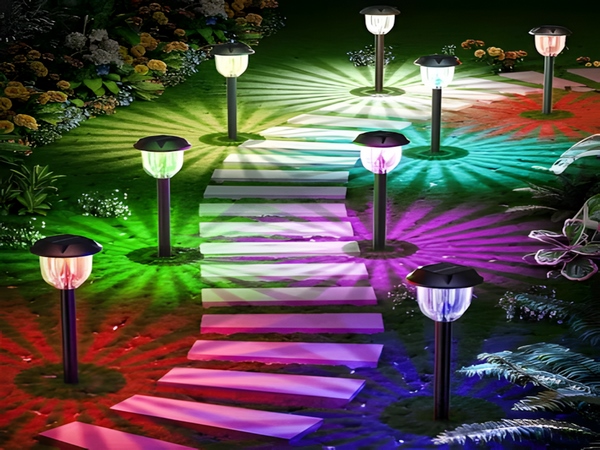
Lighting is an indispensable part of our lives. Currently, many traditional lighting fixtures create glare and flickering, which can cause significant harm to the eyes, resulting in eye fatigue and visual impairment. Solar street lights, however, do not have glare or flickering, offering better protection for our eyes. So, what are the reference standards for solar street light configurations? Next, I will introduce these to you.
Reference standards for solar street light configurations:
1. Solar street lights on secondary roads should provide 6-8 hours of illumination daily, with sufficient lighting for over 4 days during rainy weather. The light source for primary and secondary road solar street lights should exceed 30W, with a luminous efficiency of ≥50ML/W (lifespan >30,000 hours), a color temperature range of 2700K-6700K, a light emission angle of ≥110 degrees, light degradation of 5% per year, and a warranty period of 5 years.
2. The controller should combine timing and light control, with features for overcharging, over-discharging protection, and anti-reverse protection. The lifespan should be no less than five years, with a warranty period of two years. In critical applications, the controller may be configured with a municipal electricity switching function to ensure all-weather operation.
3. Equipment and materials must comply with national technical standards and should possess qualification documents issued by testing units recognized by national accreditation bodies, within their valid period.
4. The height of the lamp pole must be no less than 6 meters, with a wall thickness of ≥3.5 millimeters, made of superior steel, hot-dip galvanized, and powder-coated. The lifespan should exceed ten years; common heights include 6m, 8m, 10m, and 12m; double-headed poles that combine main and auxiliary street lights on one pole may also be used.
5. The operating temperature for lighting equipment should range from -20 to 50 degrees Celsius, with a wind resistance of level 7 or higher.

6. The standard spacing for solar street lights is generally 30 meters, courtyard lights also at about 30 meters, lawn lights at approximately 6 meters, and landscape lights should follow the above spacing, tailored to specific environments to achieve optimal results.

This concludes our discussion on the reference standards for solar street light configurations. I hope this article helps you. If you have any questions, feel free to leave a message, and we will respond promptly.



